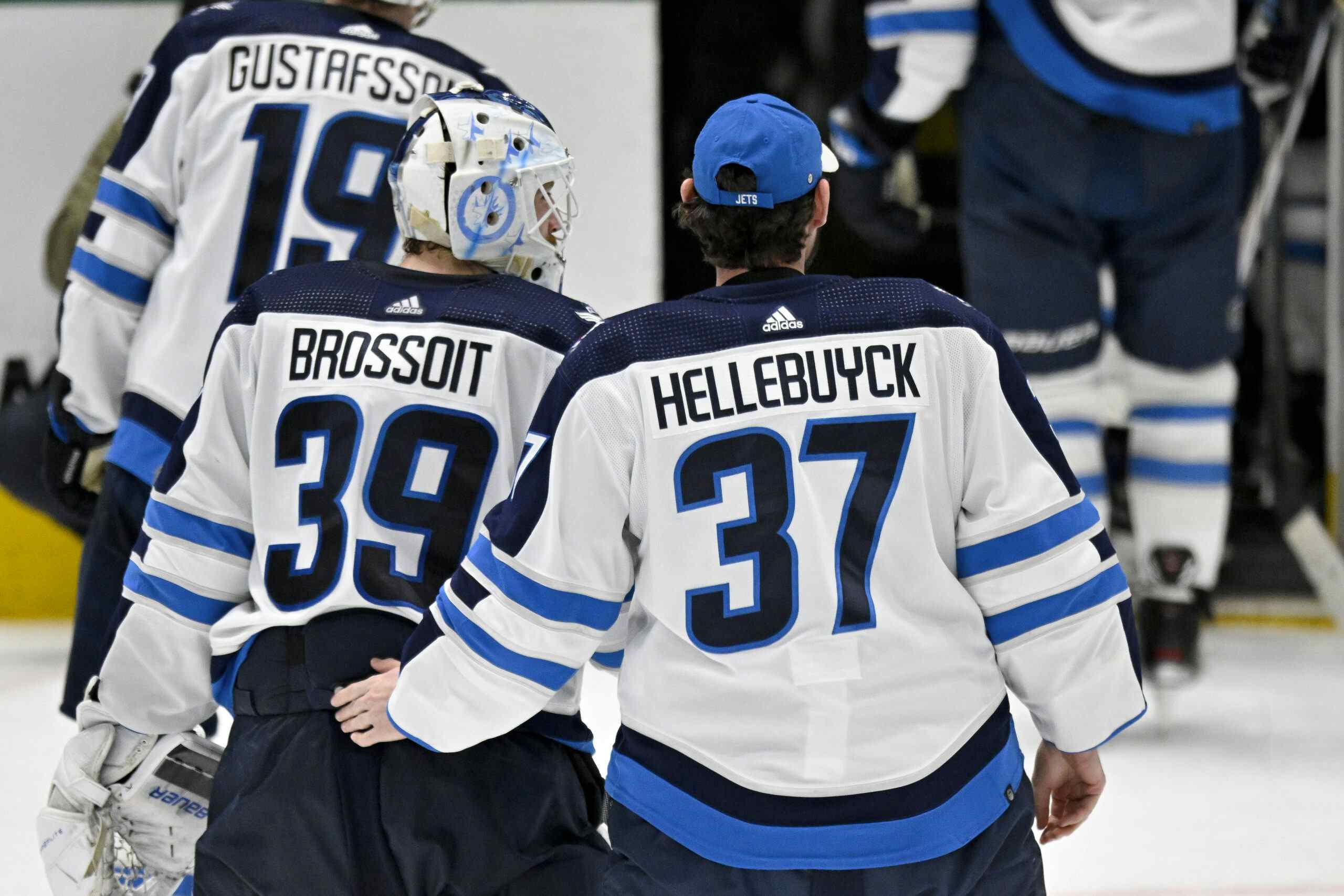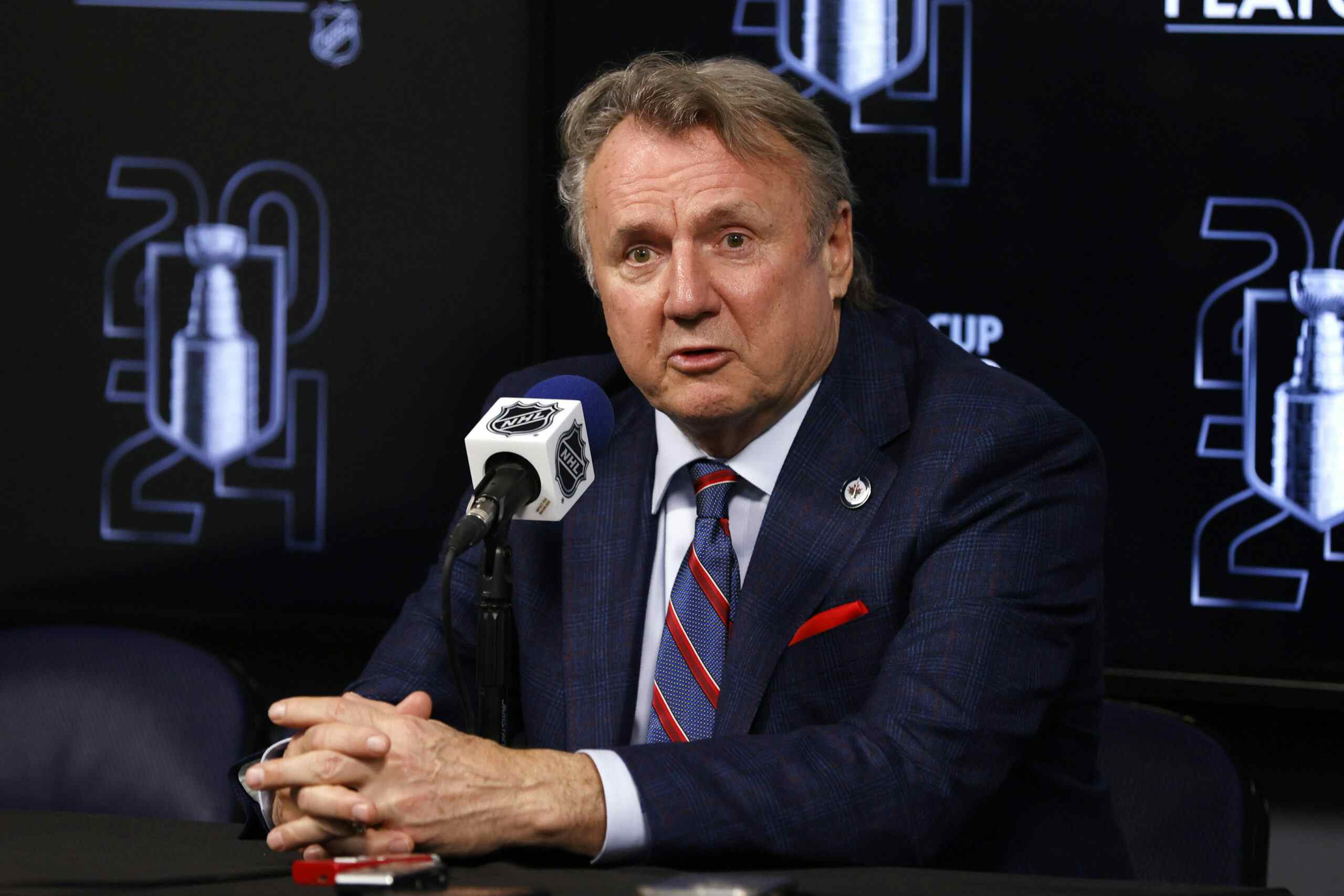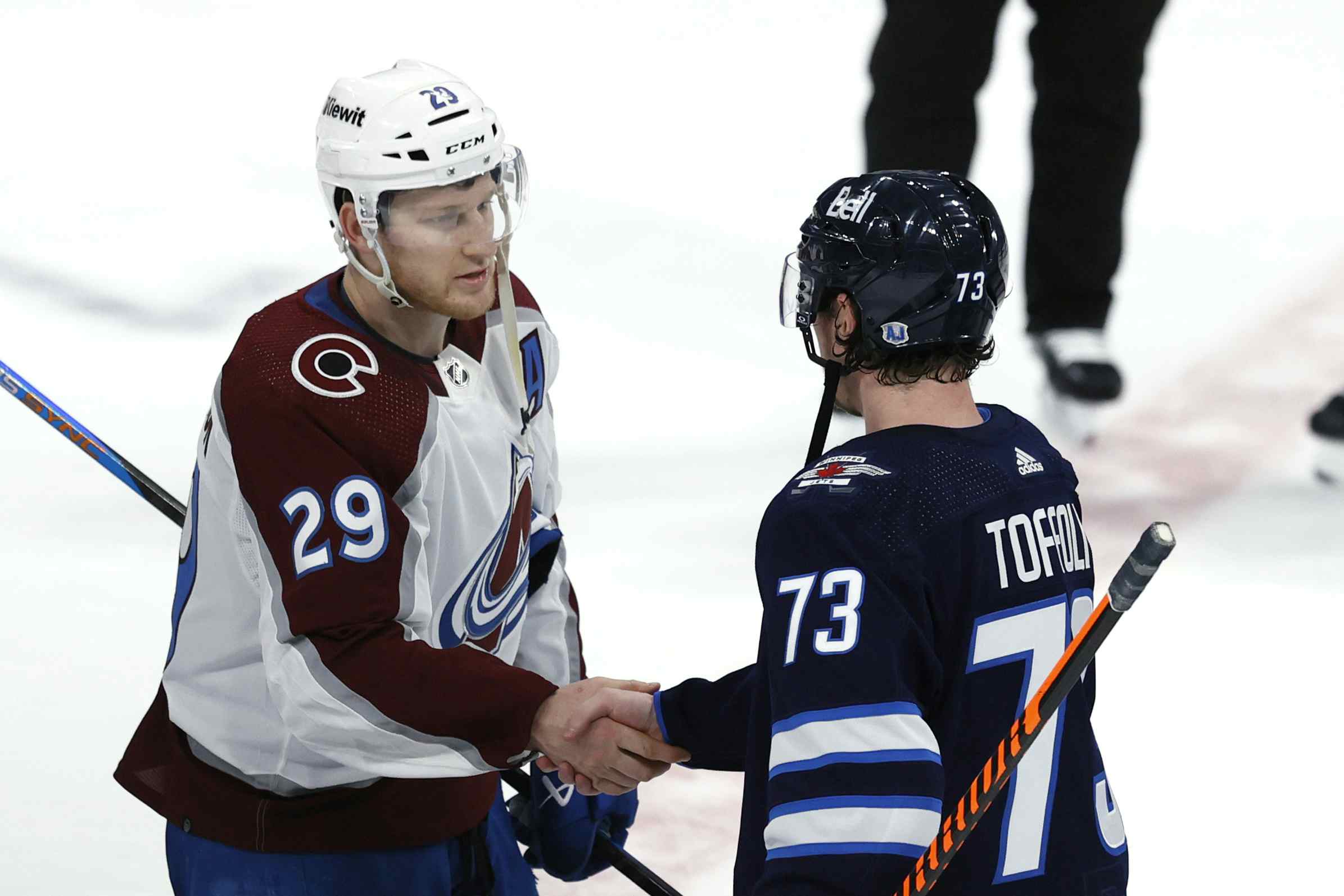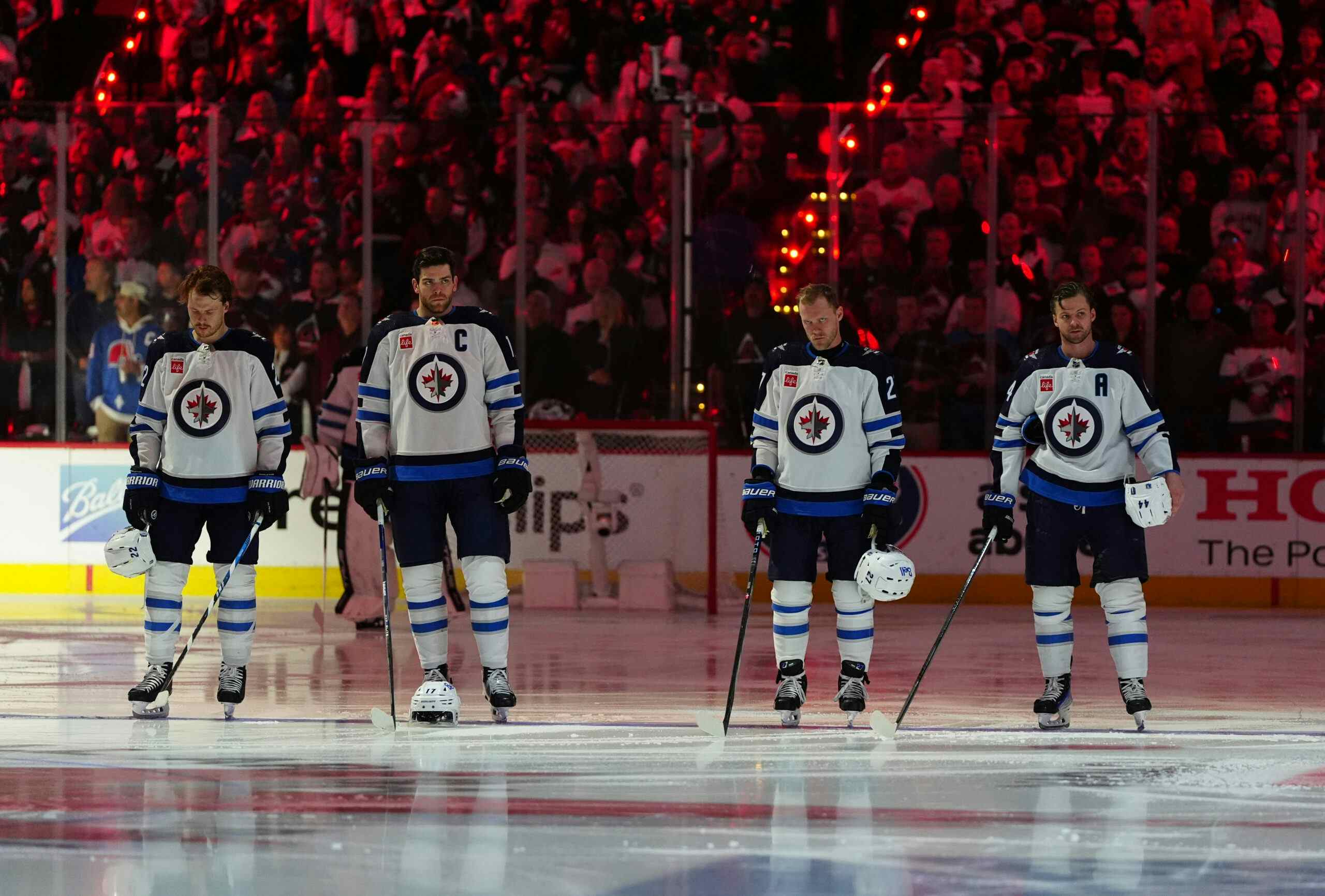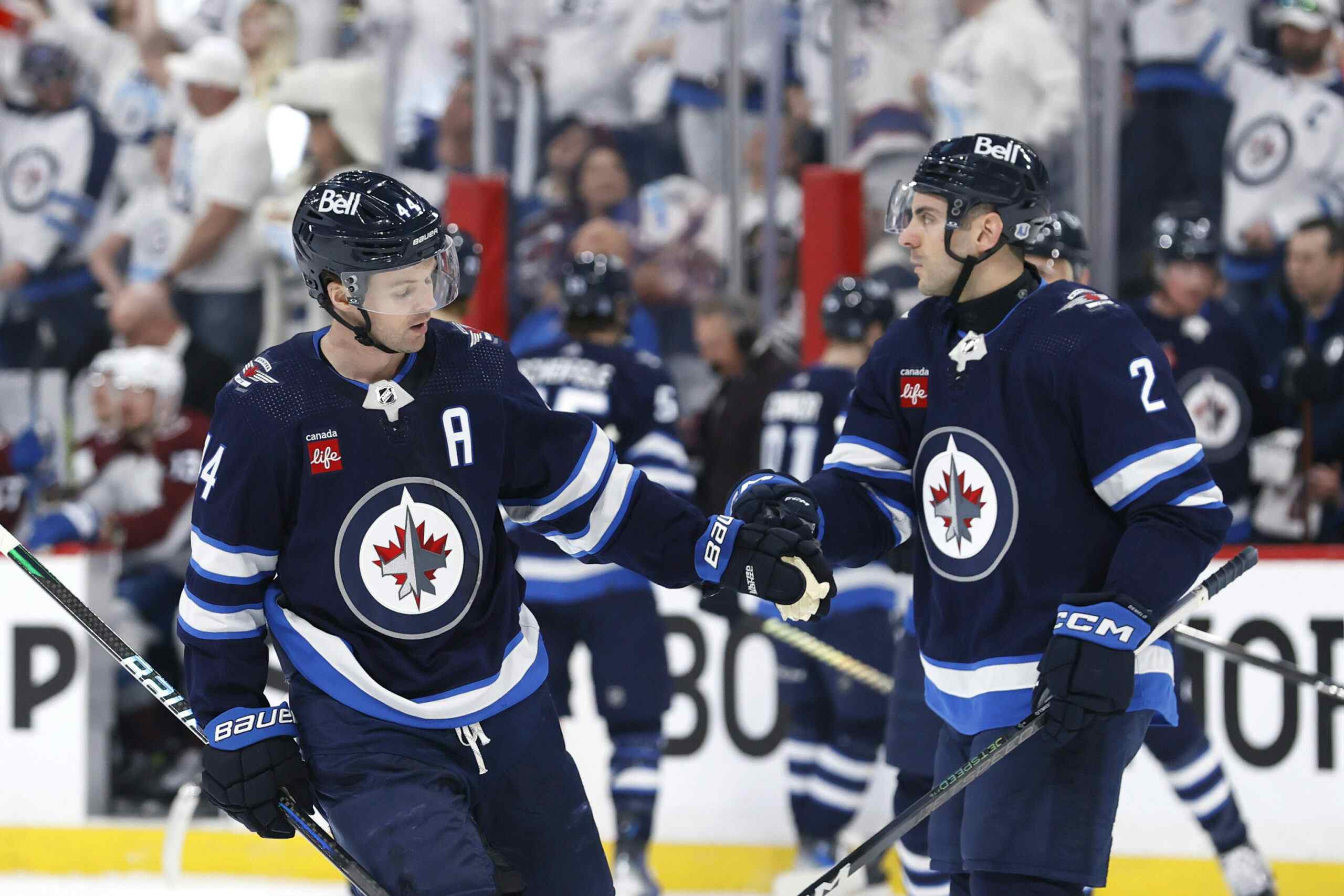Jets Forward Usage: A Deep Divide

Just as Ryan Blight’s scathing piece about Kevin Cheveldayoff’s lack of changes to the Atlanta Thrashers came to define how we thought about the Jets in the summer, Tim Bonner’s recent piece regarding the massive gap in talent between the team’s top group and depth players is coming to define how we talk about the next stages of this team.
The conclusion of Bonner’s work is the culmination of conversations he, we, and every Jets fan has had over the last 10 weeks. This team has problems, but the problems are contained to specific areas, namely the bottom-6 forwards, and bottom 2 or 3 defencemen.
One challenge this team faces is that it has to fix a number of concurrent deficits in order to even diagnose whether it has larger issues with core players like Evander Kane, Ondrej Pavelec, or Dustin Byfuglien.
A contention I stand by at this stage in the season is that the first change has to be Claude Noel. Inside, we’ll see just how his lack of line matching and line awareness have impacted the performance of the forwards, with some extra sensitivity to Bonner’s point about the deep divide between capable and incapable players on this roster.
The Chart

The chart is easy to read once you know it. All the stats use relative corsi, so we are comparing how the Jets do compared to each other. Each bubble is a player. Blue bubbles are positive corsi (shot attempts for – shot attempts against), orange are negative corsi. The size of the bubble is how big that number is (so Halischuk is a big minus player, Thorburn only a slightly minus player). The closer to the top the bubble is, the harder the competition they face on average. The closer to the right edge it is, the more of their shifts start in the offensive zone.
Instant Analysis
I used a 10GP cut-off, because the extras take away our focus from the core group. Jim Slater is the most important player excluded, but also John Albert, Patrice Cormier, and now Eric O’Dell have all been left off as well. You can see it unedited here from Ninja Greg.
The pattern is extremely obvious – a cluster at the top of the chart contains all top-9 forwards. The trio at the bottom face almost exclusively 4th line opponents, and Thorburn has been pulled into no-man’s land by his dual assignment. We know Frolik played a tough assignment with Jokinen to start the year, while Scheifele got the easier minutes. Slowly, those have evened out to the lines we know today, where Frolik is the mentor to young Scheifele on the third line. Meanwhile, we know Blake Wheeler got a push from the coach to score when he was struggling early, and he leads the top-9 pack in zone starts. As well, moving up and down the roster as he does, his competition has been a smidge less intense than Ladd and Little.
The clustering tells us that Noel is not matching his lines. If he was, different lines (or even just different players) would be spread out vertically on the chart. You can look at Chicago’s for an example of what I mean. We know acedotally that line matching is a requirement in the exceptionally competitive Western Conference, and I’ve long argued that Noel’s inability to do it is why the team struggles against shallow groups like Dallas.
As well, most coaches uses zone starts to give their offensive guys a push (as Alain Vigneault became famous for with the Sedins). Noel isn’t controlling it much (again, we see the clustering), but is using offensive zone faceoffs to shelter Anthony Peluso, as well as Halischuk and the offense impaired Tangradi. Travis Hrubeniuk has talked on this blog about how the team generates as many shots from offensive zone faceoffs as defensive zone faceoffs. This is one of the many reasons why.
A Deep Divide
With regard to ability, what we see above is exactly what we know to be true by eye. Scheifele is in over his head (until very recently), Frolik is put in a position to struggle, while all of Halischuk, Wright, Peluso, Slater (not shown), and to a lesser extent Thorburn are ineffective at best.
As Armchair Coaches, we can identify three main problems with this usage:
- The Jets’ third line was drowning against this level of competition. Matt Halischuk, in particular, was not doing well before his injury. He’s giving up a worse shot attempt differential than every player but pressbox warmer Anthony Peluso.
- Devin Setoguchi is a very successful tough minutes players and is one of the coach’s whipping boys this season. We already knew Noel didn’t monitor corsi numbers (Burmistrov taught us that lesson well), but given Setoguchi’s offence, this is even more problematic. Cheveldayoff has said that Frolik and Setoguchi were targeted additions in part because of their experience in the West and with the Central division. Frolik has been in an uphill battle for ice time all year, and Setoguchi is getting benched despite being the most successful Jet against the hardest opponents. What more can he do?
- In fact, Seto is third in rel corsi to only Evander Kane and Eric Tangradi. Stop me if you notice a pattern in those three. Oh, they all face the scorn of their hapless coach, you say? More than that, they reveal that this coach isn’t actively trying to manage the puck or control territory, and he’s not aware of who can do what jobs well. It’s all instinct and waiting for ‘A’ level effort.
I think the solution is obvious even without changes to the roster. But whatever your solution, the problem is self-made by this coach, and he stuck with it for far too long.
Defender Effects
The following table comes from the work of Tyler Dellow, a well known Oilers blogger and now writer for Sportsnet. He’s long been critical of Ondrej Pavelec and has done sporadic work around the Jets in the past. The table is his attempt to quanitfy Bonner’s point about the divide in quality. It matches forwards (vertical) with defenders (horizontal) to present their combined corsi score when those players are on the ice together. The red cells are above 50% corsi share (more shot attempts for than against) and the blue is below 50%.
Dellow instructs us to notice how things turn red to blue after the top six forwards, but it’s worth noting that Stuart is all blue, and that Ellerby and Trouba are almost as bad. Trouba’s excuse is that he’s a rookie. Ellerby’s excuse might be that he plays with Mark Stuart. Mark Stuart’s excuse is that he already tries so hard.
Putting aside Bogosian’s small sample of minutes for now, the problem is in two dimensions. The bottom-six forwards drag down the defence (all of Buff, Enstrom, Clitsome do worse), and the bottom three defenders drag down the forwards.
The Summative Consequences
It’s clear at this point that the Jets have limited ability in their bottom six forward group. It’s not just a lack of raw scoring skill, it’s the fact that a rookie centre is expected to play defensive minutes, and Nashville’s castaway Matt Halischuk is slotted as a defensive player with no evidence he’s ever done such a thing in his career. It’s that James Wright, Jim Slater, and Anthony Peluso are extoled for their defensive acumen, but spend all their time in their own zone against the dregs of the NHL.
It’s not an ideal cast of characters, but the coach is deploying them in a sub-optimal arrangement, and we’re left with the question of how much a better coach could get out of this group.
Recent articles from Kevin McCartney


